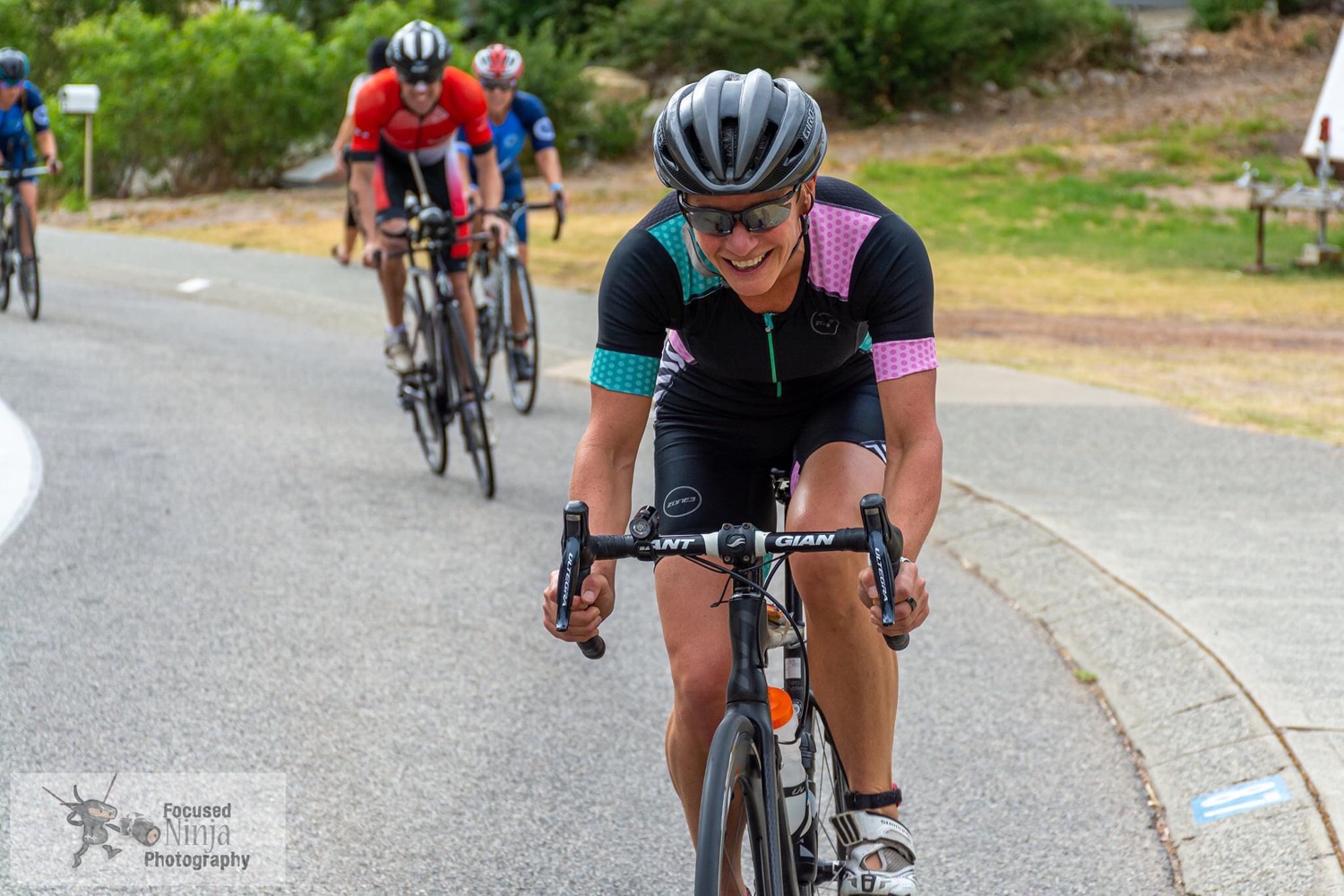Love/hate hill running?
- Alison Smith
- Jul 24, 2023
- 4 min read

The majority of runners will shy away from hills, preferring to find a flat route or choosing to walk hills. My advice would be to stretch yourself sometimes and find a hillier route and always run the hills in training. Doesn’t matter how slow you feel you are ascending the hill, try to keep running even if you get to the top and are spent and need to stop, regroup and recover.
This is for a few reasons;
· Hills can improve your running form by increasing knee lift, joint mobility, and neuromuscular fitness (how well your nervous system communicates with your muscles).
· Hills improve muscular strength (your legs’ ability to produce force) and power (the ability to produce a lot of force quickly).
· Hills provide an added cardiovascular boost.
To avoid injury though, always do a warm up of at least 10mins. Start super slow and build into it. No need to stop and stretch but you could skip or move forward doing side steps or walking lunges and other dynamic stretches if you wanted to mix it up.
A good set would be:
7x40 second efforts up a hill, followed by a 2min recovery where you would walk back to start again (the first one should be a "test" to ascertain effort level)
The aim is to maintain effort and pace throughout all the reps and be able to reach the same focal point on each rep.
Your pace will naturally slow when you hit a hill but your effort level should stay the same as you produce on the flat. You should try to keep an even pace for the hill ie, don’t hit it hard and fast and die a death mid-way.
To help ascend a hill your stride length and stride rate will change, depending on the grade and length of the hill (and terrain underfoot) so don’t waste energy trying to keep your normal stride rate; shorten your stride, increase cadence and stay light on your feet.
Think about “running tall,” with your head, shoulders, hips, and ankles aligned.
Look ahead rather than down.
You’ll use your arms more as you lift your knees, but keep your shoulders and arms relaxed, and the insides of your wrists passing near your waist.
Use your arms to help drive you up the hill.
You may have heard that the best way to get to the top is to “lean into the hill.” That doesn’t mean bending your torso at a 90-degree angle. If you lean into the hill too much, you close off your hip flexors and you put too much pressure on both your quadriceps and, especially in the case of a steeper hill, your calves. We get a lot of power from our glutes and hamstrings, so you don’t want to sideline them by using a stride that emphasises pushing at the expense of that foot strike.
You should also think about the benefit a group environment brings to a session like this as it’s hard to push yourself and motivate yourself to perform such a session on your own.
This type of hill session constitutes an interval session and sees your heart rate yo-yoing which brings fabulous fitness results (and fat loss if that is one of your goals).
To successfully complete an interval session though you do need to push yourself during the efforts coming out of your comfort zone (you should be wanting to call time on the 40 secs if you are working at the right intensity/effort level) and be strict with the timing of the recovery intervals! No extending breaks!
I use a Garmin which I can programme to bleep and vibrate to alert me to 6x 40 seconds with 2 min recoveries so I don’t have to be distracted timing or have the temptation to shorten efforts and/or extend recoveries. There are many cheaper versions of watches which can be programmed to do the thinking for you and if you are keen to progress your running then it may be a worthy investment or something worth adding to your Christmas list!
Running Clubs will routinely offer hill rep and interval sessions and running with others is a great way to come out of your comfort zone which in turn will pay dividends to your run ability and speed. Ideally a hill or interval session should be performed weekly so how about grabbing a few friends and a timer (can download free apps on your phone that will bleep intervals) and head to the hills. Here’s another suggested session for you;
Warm up walking, then run easy for 10 minutes.
Find a hill where it takes you 30-60 seconds to run up.
Run hard up the hill focusing on keeping your stride short, torso tall, looking to the crest of the hill, and driving those elbows back.
Recover for 2-3minutes (3 mins recovery if it’s a 60 second hill) and
repeat for 4-8 times depending on your current fitness level and ability.
Aim to up the intervals to reach 8 and change hill so you have a different gradient/terrain to train on (don't be afraid to run off road/trail hills)
After a hill session, remember your legs have taken a battering so be sure to stretch them out concentrating as we did on glutes, calves and hip flexors.







Comments